Encor Mouse Monoclonal to Nop1p/Fibrillarin
Nop1p was originally identified as a nucleolar protein of bakers yeast, Saccharomyces cerevisiae (accession P15646). The Nop1p protein is 327 amino acids in size (34.5kDa), is essential for yeast viability, and is localized in the nucleoli (1). The systematic name for S. cerevisiae Nop1 is YDL014W, and it is now known to be part of the small subunit processome complex, involved in the processing of pre-18S ribosomal RNA.
Nop1p is the yeast homologue of a protein apparently found in all eukaryotes and archea generally called fibrillarin. Fibrillarin/Nop1p is extraordinarily conserved, so that the yeast and human proteins are 67% identical, and the human protein can functionally replace the yeast protein. This means that suitably cross-reactive antibodies to Nop1p/fibrillarin, like MCA-38F3, can be used to reveal nucleoli and study fibrillarin/Nop1p in all eukaryotes and archea tested to date.
Human fibrillarin has been characterized (accession P22087) and the human fibrillarin gene is located on chromosome 19 (19q13.1). Fibrillarin/Nop1p proteins have been cloned and sequenced from several other species (e.g. Mouse, accession P35550, Xenopus accession P22232, C. elegans accession Q22053, and S. pombe accession P35551. The N terminal ~80 amino acids contain multiple copies based on the peptide RGG, or arginine-glycine-glycine, sometimes referred to as GAR repeats, characteristic of the GAR family of molecules. The remaining ~240 amino acids consist of the so called fibrillarin domain.
A fibrillarin homologue has also been identified in the genome of the archean Methanococcus (accession NC_000909). This protein lacks the RGG rich N-terminal extension but is clearly homologous to the other sequences throughout all of the fibrillarin domain. The 3D structure of this molecule has been determined and shown to consist of 2 extended β-sheets flanked by α-helixes (Medline link). Patients with the autoimmune disease scleroderma often have strong circulating autoantibodies to a ~34 kDa protein which was subsequently found to be fibrillarin. Recent studies show that knock out of the fibrillarin gene in mice results in embryonic lethality, although mice with only one functional fibrillarin/Nop1p gene were viable (3).
This antibody is becoming widely used as a convenient marker for nucleoli in a wide variety of species (e.g. 4-6). The HGNC name for this protein is FBL.
To raise the MCA-38F3 antibody, mice were injected with yeast nuclear preparations and hybridomas were screened by immunofluorescence on yeast cells and by western blotting on yeast protein homogenates. Reference 2 below describes the characterization of D77, an antibody very similar but not identical to MCA-38F3. This clone was selected because it stains a single ~34kDa band on western blotting and shows a clear and strong punctate staining of yeast nuclei. Subsequently it was found that this antibody recognizes fibrillarin in a wide variety of species including human, rat, Drosophila, S. pombe, C. elegans, and plants. It can therefore be used to identify nucleoli immunocytochemically. We supply this antibody as sterile-filtered, cell culture fluid from an Integra CL-350 biochamber plus sodium azide.
For western blots of yeast protein samples, use MCA-38F3 diluted 1/2,000 (cell lysates) to 1/10,000 (nuclear fractions), followed by chemiluminescent detection (ECL). Press here for image of blot. For other (non-ECL) western detection methods, try MCA-38F3 diluted 1/1,000 to 1/5,000. To detect mammalian fibrillarin on western blots by ECL, try MCA-38F3 at 1/500 dilution. For immunofluorescence on yeast cells, use MCA-38F3 diluted 1/1,000 to 1/5,000. For IF of mammalian cells, try MCA-38F3 at 1/500.
HGNC name(s) : –
Host : Mouse
Clonality : Monoclonal
ID : EnCor Biotechnology Nop1p, Fibrillarin 38F3
Reactivity : All tested
Isotype : IgG1
Conjugation : none
Immunogen : Yeast nuclear preparations
Mass of detected protein : 34.5 kDa
Uniprot ID :
KGNC name : –
RRID # : AB_2278545
Purification : Tissue culture supernatant
Storage : Shipped on ice. Store at 4°C. For long term storage, leave frozen at -20°C. Avoid freeze / thaw cycles.
Validated applications : WB | IF/ICC | IHC
Suggested Dilutions:
WB: 1:500-1:1 000. ICC/IF and IHC: 1:1 000-1:5 000.
References :
1. Ochs RL, Lischwe MA, Spohn WH, Busch H. Fibrillarin: a new protein of the nucleolus identified by autoimmune sera. Biol Cell 54:123-133 (1985).
2. Aris JP and Blobel G. Identification and characterization of a yeast nucleolar protein that is similar to a rat liver nucleolar protein. J. Cell Biol. 107:17-31 (1988).
3. Newton K, Petfalski E, Tollervey D, Caceres JF. Fibrillarin is essential for early development and required for accumulation of an intron-encoded small nucleolar RNA in the mouse. Mol Cell Biol. 23:8519-8527 (2003).
4. Tyagi S and Alsmadi O. Imaging native beta-actin mRNA in motile fibroblasts. Biophys J. 87:4153-62 (2004).
5. Paeschke1 K, Simonsson T, Postberg J, Rhodes D, Lipps H-J. Telomere end-binding proteins control the formation of G-quadruplex DNA structures in vivo Nature Structural & Molecular Biology 12, 847-854 (2005)
6. Vermaak D, Henikoff S, Malik HS. Positive selection drives the evolution of rhino, a member of the heterochromatin protein 1 family in Drosophila. PLoS Genetics 1:96-108 (2005).
Additional information
| Supplier | |
|---|---|
| Host | Mouse |
| Clonality | Monoclonal |
| Reactivity | All tested |
| Validated Applications | WB, IHC, IF/ICC |
| Conjugation | None |
| Isotype | IgG1 |
| Format | 50 ul, 100 ul, 500 ul |

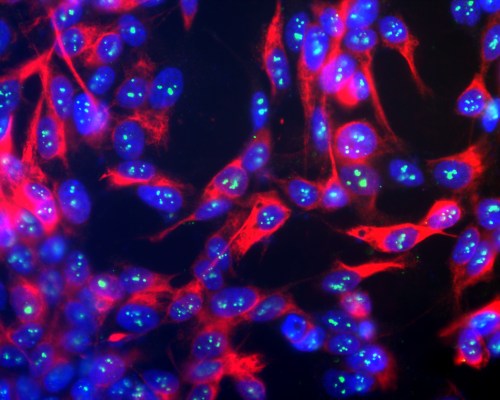
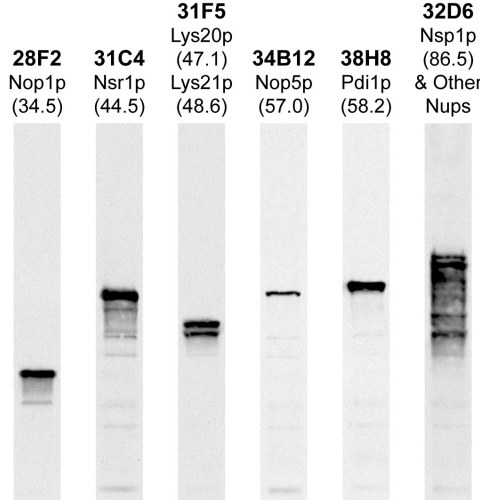
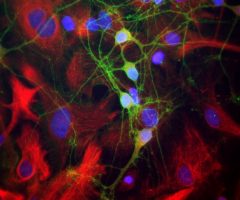
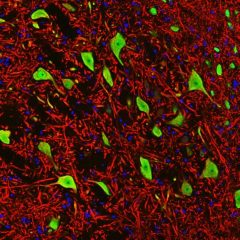
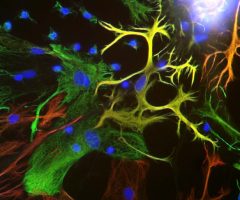
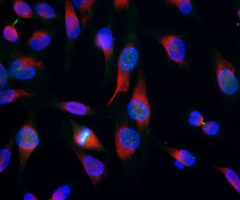
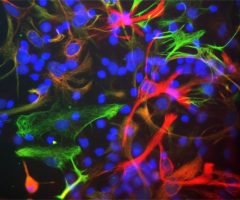
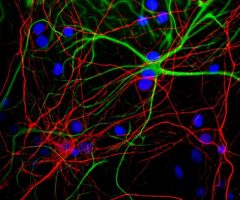
Reviews